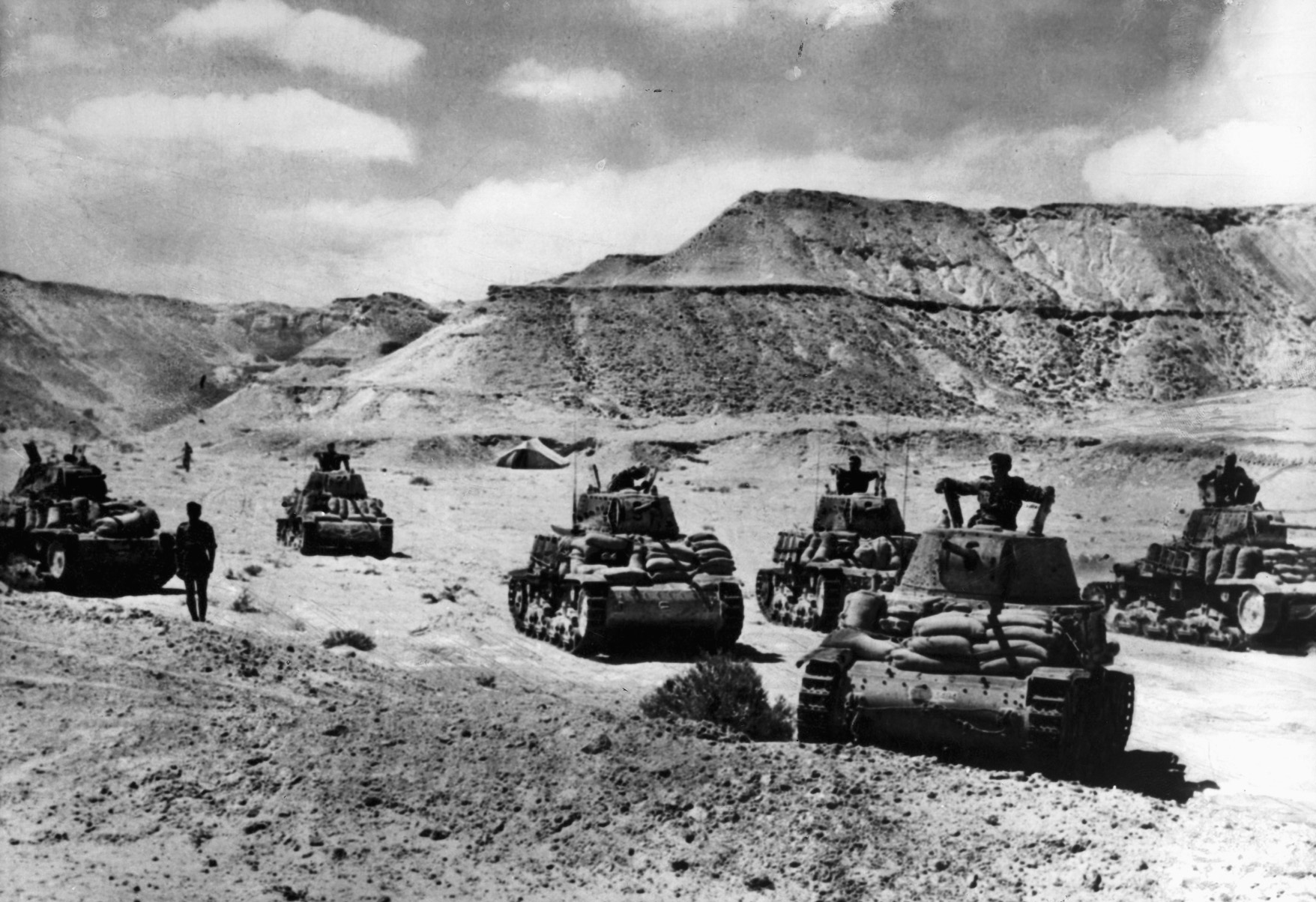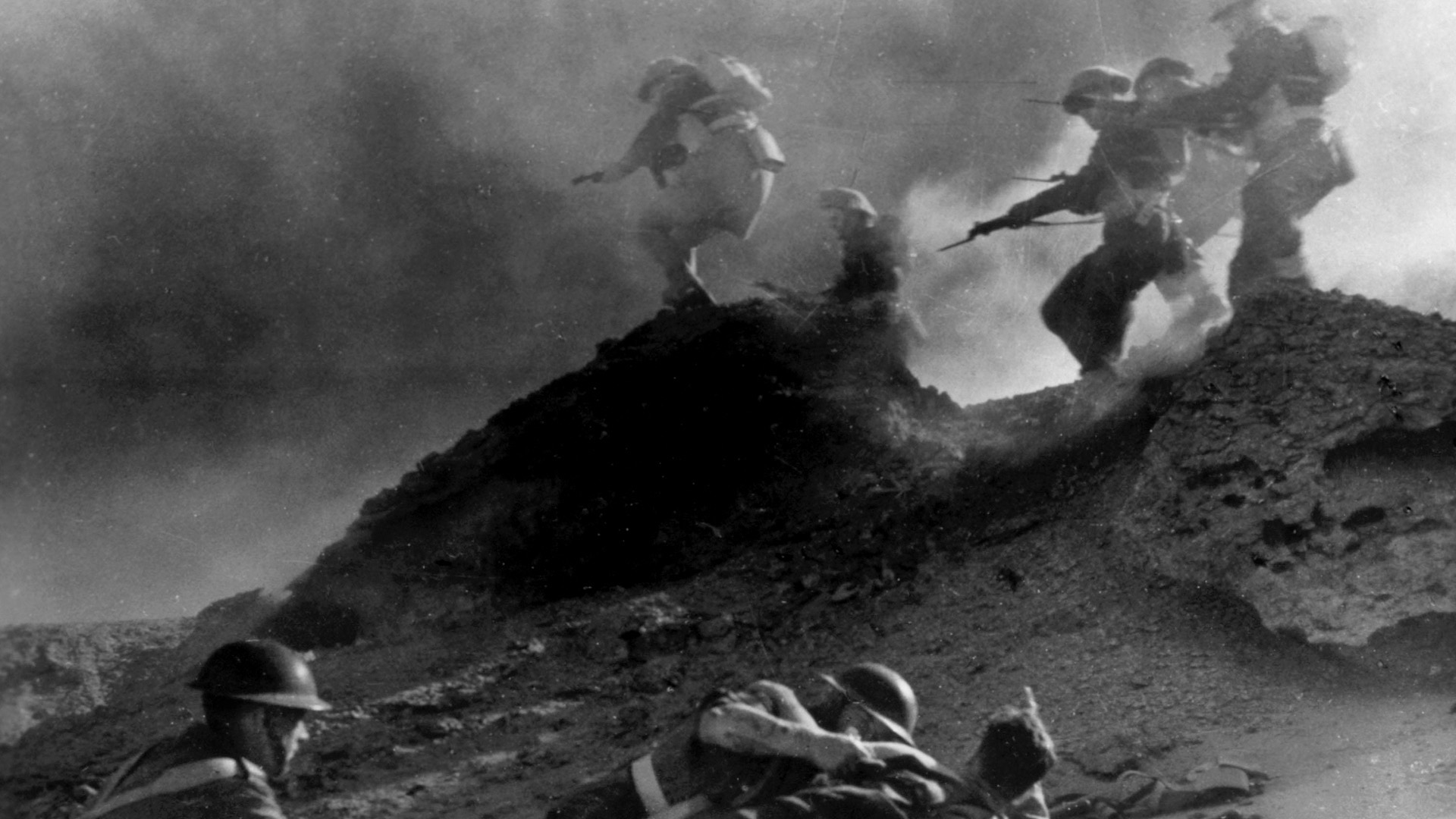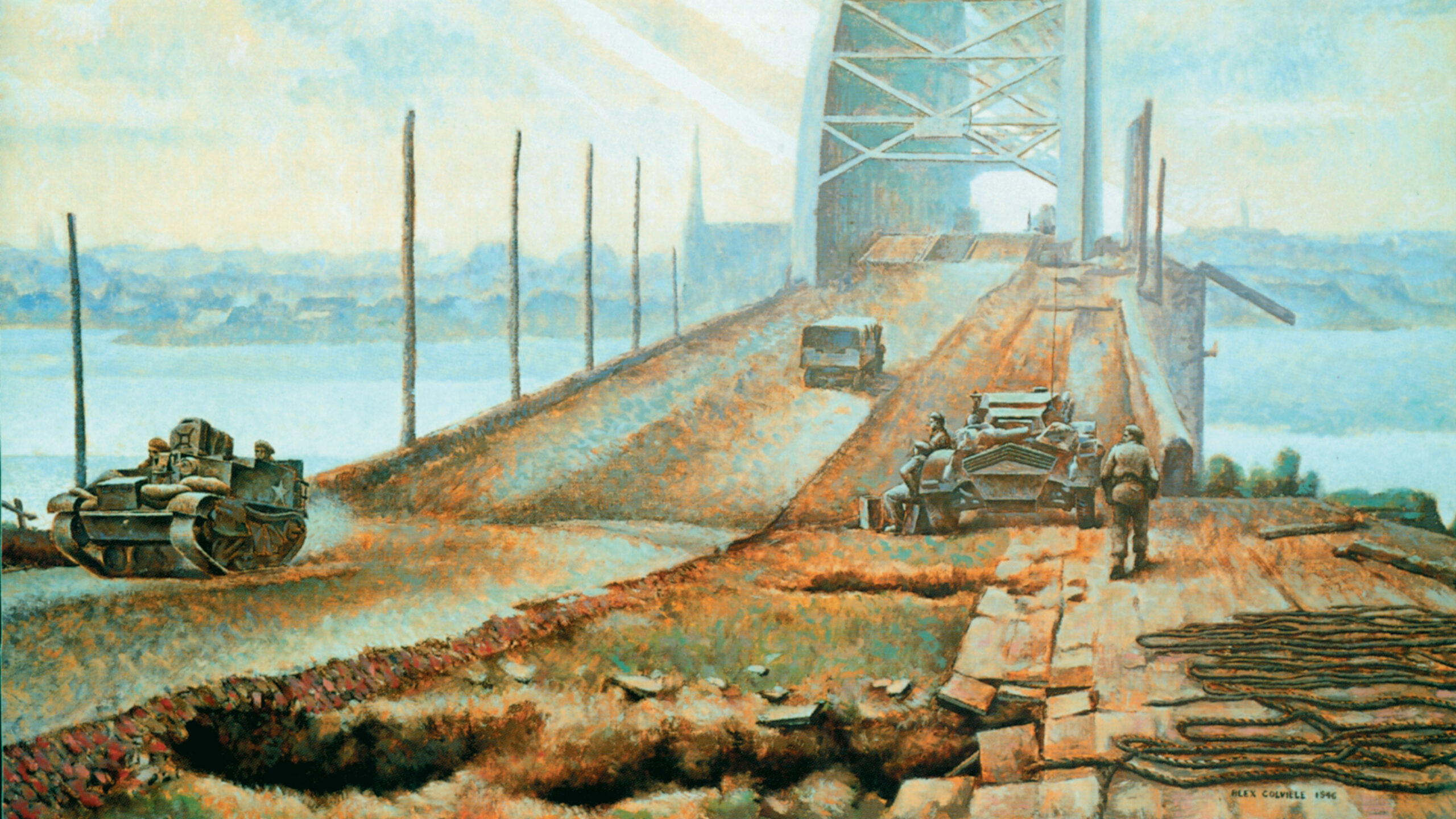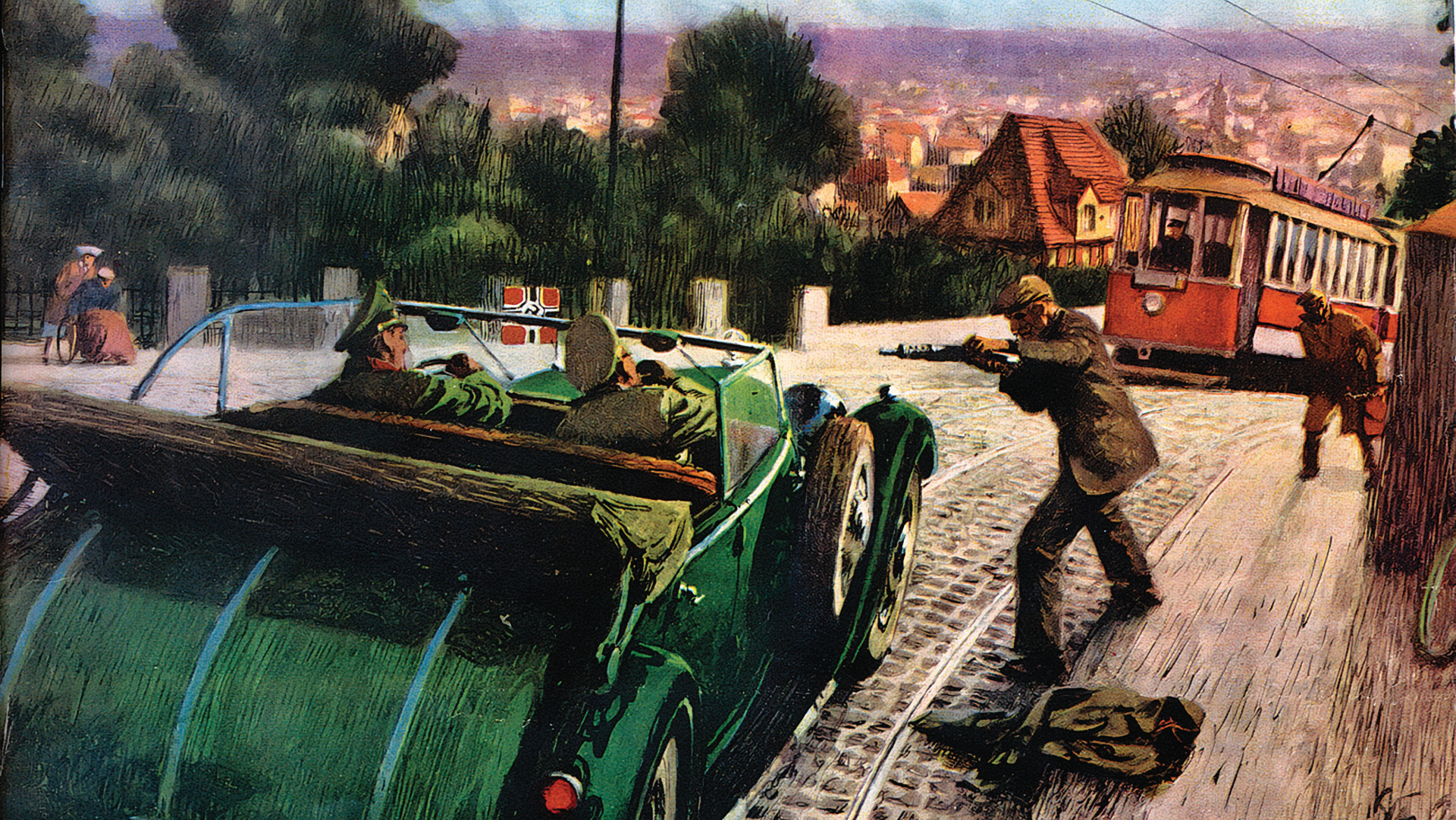Many historians consider the victory at Gazala the greatest in the fabled career of Field Marshal Erwin Rommel. However, it was Gazala that also led to the undoing of Panzer Armee Afrika and the ultimate defeat of the Axis forces in the Desert War.
After their initial feint in the north and the wide flanking movement to the south of the Gazala Line stalled, Rommel retired temporarily and fought off the British counterattack led by General Claude Auchinleck, as Eighth Army commander General Neil Ritchie poorly executed the tactical aspect of Operation Aberdeen. The British again suffered heavy losses, and Rommel seized the initiative once more, capturing the vital port city of Tobruk, a prize that had eluded the Desert Fox earlier in the war, in a single day.
Although Rommel chased the British across the Egyptian frontier in an embarrassing retreat the came to be known as the “Gazala Gallop,” Auchinleck declined to make a final stand at Mersa Matruh, fighting a delaying action there with two corps. Instead, he chose to stake the beginning of the endgame in the desert at a railroad whistlestop called El Alamein, about 60 miles west of the great port city of Alexandria.
At El Alamein, Auchinleck was secure from flank attack, his right resting against the Mediterranean Sea and his left abutting the impassable Qattara Depression, a vast expanse of impassable terrain through which tracked vehicles could not operate. In June, just weeks after the defeat at Gazala, the British and Commonwealth troops under Auchinleck blunted Rommel’s German and Italian spearheads at the First Battle of El Alamein. The Axis offensive stalled.
Now, time was on the side of Auchinleck and the British. Supply convoys meant to replenish Rommel with fresh troops, fuel, food, and more tanks were ravaged in the Mediterranean by Allied aircraft flying from the tiny island of Malta. Allied submarines also took a heavy toll, choking off the lifeline. Rommel watched—virtually helpless—as his combat efficiency eroded.
The British, however, were growing in strength as reinforcements, including American-built tanks, arrived in Egypt and deployed to the front, steadily augmenting their strength as they girded for an offensive that would bring on ultimate victory and the demise of the myth of Rommel’s invincibility.
British Prime Minister Winston Churchill, however, believed a change of command was necessary. He relieved Auchinleck, placing Middle East Command in the hands of General Sir Harold Alexander, while Eighth Army was given to General Bernard Law Montgomery after General William “Strafer” Gott was killed en route to take the post when his transport plane was shot down.
In recent years, some historians have reevaluated the contribution of Auchinleck and his deputy chief of staff, the controversial General Eric Dorman-Smith, in achieving the ultimate desert triumph at the Second Battle of El Alamein in October 1942. Auchinleck and his staff had already worked out the plan to drain Rommel’s fighting strength. Montgomery, they assert, maintained his predecessors’ strategy of attrition, which led to a defeat of Axis forces at the Battle of Alam Halfa, fought from August 30 to September 5, 1942, and set the stage for victory at Second El Alamein, one of the turning points of World War II.
Churchill did express some dismay as he felt compelled to relieve Auchinleck, comparing the event to “killing a magnificent stag.” Perhaps even then, the prime minister knew that Auchinleck’s perspective was one that would ultimately provide the decisive triumph
—Michael E. Haskew




Join The Conversation
Comments
View All Comments